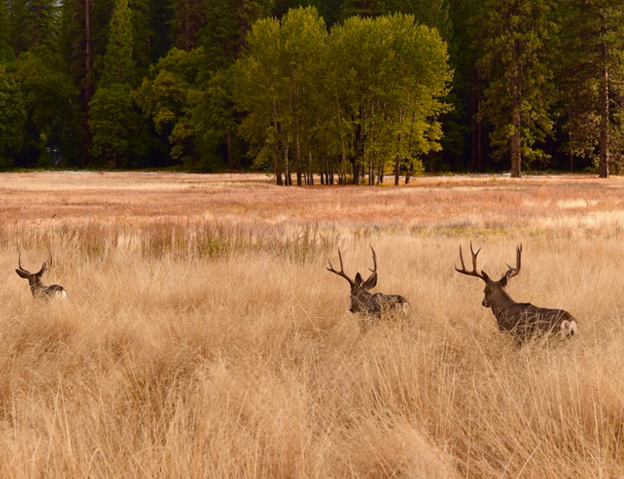Why It Matters: Without active management, forest health and wildlife habitat will decline as insects, drought, and other stressors reduce stand vigor while the risk for severe wildfire will increase, threatening nearby private lands as well as the winter range habitat that the wildlife management area provides for big game species important to Montana’s hunters and outdoor economy.
Highlights:
- The Montana Department of Fish, Wildlife and Parks’ (FWP) proposed forest health improvement project on the Ray Kuhns Wildlife Management Area would improve habitat for game and nongame species through a variety of science-based treatments.
- The Congressional Sportsmen’s Foundation (CSF) is a strong proponent of using active forest management tools to improve forest resilience, wildlife habitat, and access for sportsmen and women.
On March 21, the Congressional Sportsmen’s Foundation submitted comments on the Forest Habitat Improvement and Fuels Reduction Project Draft Environmental Assessment on the Ray Kuhns Wildlife Management Area in northwest Montana. CSF supported Alternative 2, the Proposed Project, to support moving forest stands towards the desired habitat conditions to support canopy cover for white-tailed deer winter range, increase understory browse and forage for wildlife, reduce insect infestation, and reduce hazardous fuels to mitigate severe wildfire risk.
CSF’s letter stated, “We strongly support the proposed project on the Ray Kuhns WMA to improve forest health and wildlife habitat and reduce hazardous fuel loads. The proposed commercial and non-commercial thinning treatments and prescribed burning will address the declining forest health on the WMA, improve habitat for a range of wildlife species, and reduce the risk for severe wildfire.”
While the thinnings and harvests may reduce deer winter range quantity in the short-term, the long-term benefits outweigh temporary diminutions to avoid habitat degrading further. If Alternative 1, the “No Action” alternative is chosen, no work would be done to support deer winter range habitat in the long-term. The project also proposes pile burning to reduce fuel loads as well as broadcast burning which will promote aspen regeneration and benefit fire-adapted grasses, forbs, and shrubs important to wildlife.
CSF appreciates the work of the FWP actively stewarding forest resources for wildlife and looks forward to seeing the project implemented as proposed.





